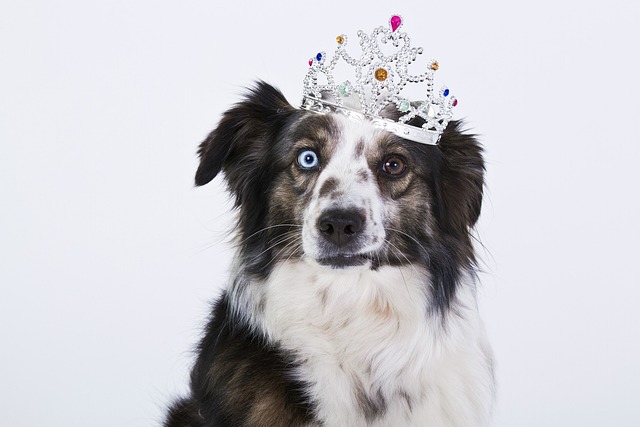
is it normal for dogs skin to peel
If you’re a new dog parent in the US—maybe you’re sitting on your Chicago apartment floor, brushing your 9-month-old rescue Lab mix
If you’re a new dog parent in the US—maybe you’re sitting on your Chicago apartment floor, brushing your 9-month-old rescue Lab mix, Cooper, and noticing tiny white flakes of skin sticking to his black fur, or you’ve felt his belly while giving him a hug and winced at the rough, peeling patches—you’ve probably frozen mid-brush and thought: Is this okay? Do all dogs get peeling skin? The short answer is no—peeling skin in dogs isn’t “normal,” but it’s super common, and most causes are easy to fix once you know what’s going on. Let’s break this down simply, with real stories and steps to help Cooper feel better.
First, let’s keep the science straightforward: A dog’s skin has a thin, protective layer of natural oils that keep it soft and moisturized. When that layer gets disrupted—from dry apartment air (thanks to winter heaters), over-bathing (washing away those oils), or even a reaction to scented laundry detergent on his bed—his skin dries out, tightens, and starts to peel. It’s like when your hands crack in the cold after forgetting lotion—annoying and uncomfortable, but not usually serious. But here’s the catch: If the peeling is paired with redness, itching, or hair loss, it could be a sign of something bigger, like allergies or a mild infection. Take my friend Sarah in Texas: She thought her Shih Tzu, Lua’s, peeling skin was “just dryness” until Lua started scratching so hard she broke the skin. Turns out Lua was allergic to her new dog food—switching to a hypoallergenic blend fixed the peeling in two weeks.

Here’s how to tell if your dog’s peeling skin is a “no-big-deal” fix or a sign to call the vet, step by step: Start with a gentle check—sit your dog on a towel, give him a freeze-dried chicken treat (positive reinforcement keeps him calm; never hold his head down or scold him if he wiggles—punishment goes against US animal welfare norms), and run your fingers lightly over his body. If the peeling is mild (just a few flakes, no itching) and all over his coat, it’s probably dryness. Fix this by adding a humidifier near his bed (apartment air is often too dry!) and cutting back on baths—aim for once every 3–4 weeks instead of weekly. Use a dog-specific moisturizing shampoo (avoid human shampoo—it’s too harsh for their pH levels) and pat him dry gently, not roughly. If the peeling is in one spot, red, or making him scratch nonstop? Take photos of the area and call your vet within 24 hours—they can rule out allergies or infections.
Now, let’s tie in rules and habits that matter. Every US state requires core vaccines (distemper, parvovirus)—regular vet visits (mandatory for shot updates) are the perfect time to mention peeling skin. Skipping these visits could mean missing a hidden issue, and in states like California or New York, neglecting your dog’s comfort (like leaving painful peeling untreated) might lead to welfare checks. When you walk your dog (even if his skin is just slightly peeling), always clean up his poop—cities from Seattle to Boston fine up to $300 for leaving waste, and outdoor irritants (like pollen or dry grass) can make peeling worse, so wipe his paws with a damp cloth after walks. If you live in an apartment, avoid scented candles or air fresheners near his bed—chemicals in these products irritate dry skin. And never use human lotion on him—our lotions have ingredients that can make him sick if he licks them off.
Peeling skin in dogs might feel scary at first, but it’s almost always a fixable issue. With a little extra moisture, gentle grooming, and knowing when to ask the vet for help, you’ll watch those flakes disappear. Before you know it, Cooper will be back to rolling around on the couch without leaving a trail of skin—and you’ll both feel relieved.

If you’re a new dog parent in the US—maybe you’re sitting on your Chicago apartment floor, brushing your 9-month-old rescue Lab mix

If you’re a new dog parent in the US—maybe you’re sitting on your Chicago apartment couch, petting your 9-month-old Golden Retriever

You’re standing in the pet care aisle, staring at a wall of grooming products—each bottle promising a softer coat, fewer tangles, and a happier dog.

If your dog has ever had a weepy, red, or irritated eye, you know how unsettling it can feel. Maybe you noticed them pawing at their face during a morning walk

You’ve probably noticed your Pomeranian’s little belly hanging a bit lower these days, or maybe they huff more when climbing stairs—signs those extra pounds are starting to slow them down.

Watching a tiny puppy explore the world makes you wonder about all the little details that will shape them—including whether their coat will grow into a fluffy, long-haired style.